热门话题在Ai大火的加成下,英伟达H100芯片成为了时下流行的GPU。其风头一度盖过了英伟达一直以来的主要产品,GeForce GPU(也就是我们常说的独立显卡)。这波浪潮中,火热的不仅仅只有产品,还有其公司的股价。英伟达股价在今年可谓是坐过山车一般的飙升,近3个月变化为64.3%,近52周变化为159.84。遥想在去年科技股重创,其股价在10月份一度跌至124美元。仅仅半年多时间,现在股价已经涨至430美金/股。
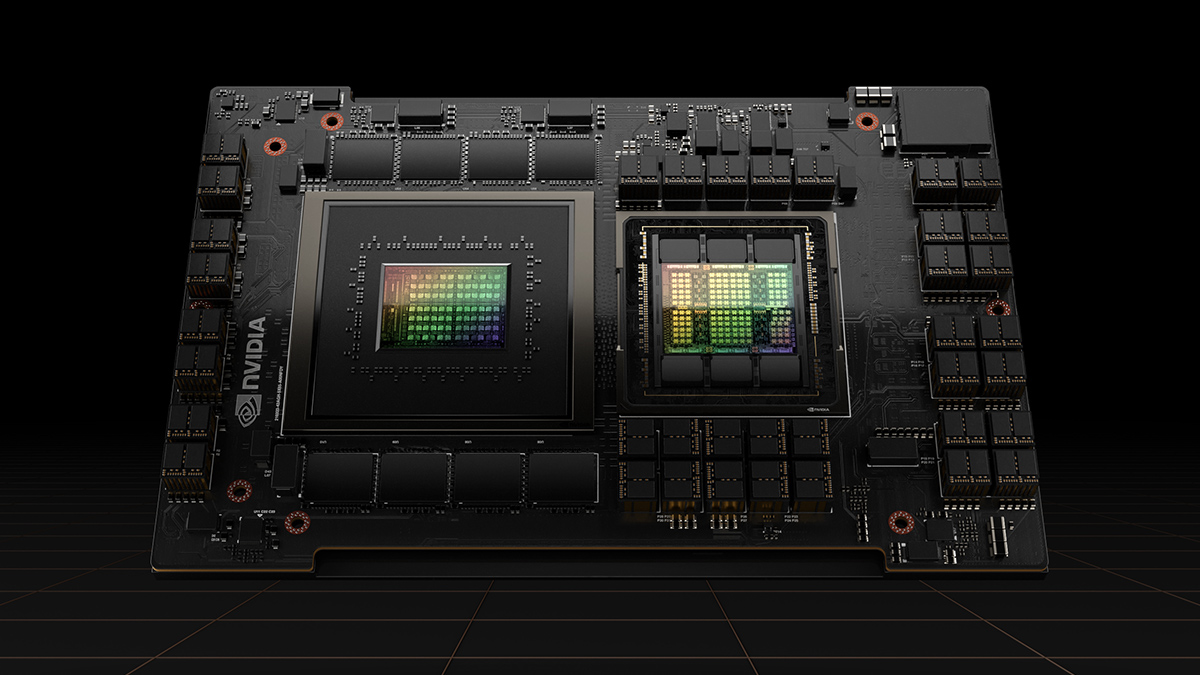
(Source:NVIDIA)在ChatGPT出现的时候,笔者就开始推荐NVIDIA的股票,当时分析到了AI对于英伟达会产生推动作用,接着评估了其良好财报,对其股价做一系列估值,再加上对于英伟达产品一种信仰(基本上其每代产品都有认真体验过),还有就是对于老黄作为领导者的肯定。于是英伟达也没有让我们失望,在科技元年下爆发式增长,并且成功的让市值突破了一万亿。

目前英伟达主要的产品线是GPU。GPU包括面向游戏玩家的GeForce、面向设计师的Quadro、面向 AI 数据科学家和大数据研究人员的Tesla 和 DGX,以及面向基于云的视觉计算用户的GRID。别看现在有那么多产品,其实在两家争霸的时期,最多的竞争还是游戏显卡的竞争。那么目前来说,英伟达真正以上的竞争者只剩下了AMD一家。(intel也算,吧?)那么目前的两强争霸局势怎么形成的呢?

(Source:cgdirector)其实两强争霸已经持续了20年了,但是在90年代,情况那可以复杂的多。当年的可谓是五代十国时期。NVIDIA,ATI Technologies(AMD前身),3dfx Interactive,Matrox,S3 Graphics,Silicon Integrated Systems (SiS),Trident Microsystems,Cirrus Logic,Tseng Labs,Rendition。在当年都是赫赫有名的显卡厂商,随便拉出来一个都是很能打的存在。
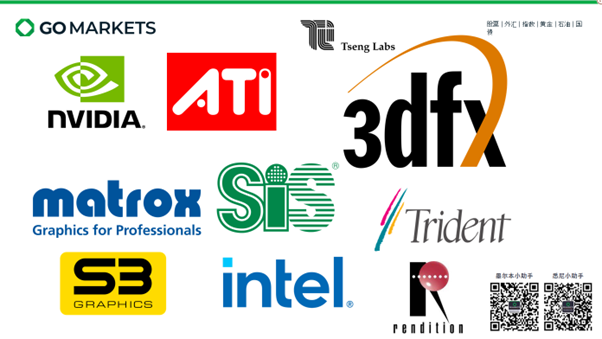
这里就不得不说一下,90年代到底发生了什么,让这些厂商如雨后春笋般冒了出来。那么我们就回到90年代,看一看当年“真刀真枪”的战斗。这场大战的主要载体是什么呢?不是特效制作,不是建模,没错,是游戏。在80年代,涌现出很多2D像素风的游戏,坦克大战呀,超级马里奥都是我们这代人的记忆。到了90年代,因为技术的进步,观念的进步,游戏有意思不仅仅是绝对标准了,还需要“好看”。画面效果也成了吸引人的关键。于是,一系列的3D游戏就开始出现。然而在1993年有一款3D游戏改变了这个世界。那就是鼎鼎大名的《Doom》"Doom"是由id Software开发并于1993年发布的一款开创性的第一人称射击游戏。为第一人称射击游戏(FPS)树立了新的标准,并引入了一种新的多人游戏模式,叫做"死亡竞赛"。此外,id Software还鼓励玩家创造并分享他们自己的"Doom"关卡,这一概念现在被称为"MOD"。

Doom游戏是由id software的天才程序员John Carmack和John Romero联合开发的。这里还提一下,在2013年离开id Software后,Carmack加入了Oculus VR,成为了其首席技术官。于是我们现在才可以用上Oculus quest 2那么好的VR产品。Doom,音乐,画面都是一流,再加上快节奏,爽的玩法,迅速成为了所有电脑玩家的新宠。也成为了3D游戏的领导者。而这还不算完,之后Id software 在1996 年更是推出了Quake这个游戏,并且改变了整个游戏行业。其中包括团队死斗模式的加入,创造了第一批电竞 。其中包括催生出了我们熟悉的WASD游戏键位。Quake引擎是游戏开发的一次重大突破。它是第一个真正的全3D游戏引擎,允许复杂的环境、物体和角色以全3D的方式渲染和动画化。此前的游戏,如"Doom",虽然使用了3D视觉效果,但实际上是2.5D的。Quake引擎还支持网络多人游戏,并且通过使用客户端/服务器模型来减少延迟,这在当时是革新性的。这一模型使得玩家能够在网络上进行平滑且响应快速的游戏。Quake引擎在之后的数年里被广泛用于其他游戏的开发,包括"Half-Life"、"Call of Duty"和"Medal of Honor"等系列。

Quake的出现,也造成另一个问题,这个游戏太超前了,硬件,有些跟不上了。CPU已经无法满足需求了。只有当年的顶级CPU,例如奔腾系列才可以跑得动。但是价格实在是太高昂了。再加上CPU面对复杂场景算力需求实在难以满足,于是催生出了第一代的显卡,放在当年,是叫图形加速卡。(谁也没想到,当年只是用来分担苦工的显卡,在时至今日的PC端,肩负起了重任。)在这个时候,当年的老大哥3dfx出现了。3dfx是由Silicon Graphics的三个年轻人Ross Smith,Scott Sellers和Gary Tarolli创建。(Silicon Graphics是图形工作站企业,在90年代初,SGI几乎垄断了高端3D图形市场,许多电影视觉效果,如《侏罗纪公园》和《泰坦尼克号》,都使用SGI的技术。)作为一个初创公司,吸引投资是很重要的,当年他们也很聪明,说一堆专业名词没有用,给投资人看到效果才是真的。于是硅谷名言就这么产生了“fake it until make it”于是在借用Silicon Graphics的工作站做出来吊炸天的3D实时demo后,宣布这将是未来消费级芯片可以做出来的效果。于是在这样半真半“骗”下,3dfx拉来了巨大赞助投资。最终也是不负众望,3dfx制造出来的芯片真的跑动了曾经用工作站才可以跑出了的demo。在1996年,历史里程碑式产品出现了----Voodoo加速卡,超越对手,价格低于高端cpu。并且在强势期,市场占有率达到了85%。和今天的英伟达可谓是十分相似。
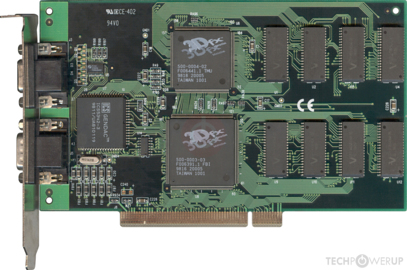
(Source:techpowerup)1997年Voodoo 2 出现,也成为了3dfx最成功的产品,并且支持sli。当然了,售价也不便宜。在如此Buff加成下,3dfx理应一路披荆斩棘,成为“爸爸”级别的企业。但是如今,大多数人听都没有听到这个公司了。那么下一期,我们将会聊一聊,3dfx如何失败的,英伟达又是如何成功的?对于我们目前分析企业,投机逻辑中特别是基本面分析有什么可借鉴的地方?我们下一期将会讲述英伟达的崛起,欢迎大家留言,讨论,我们下期再见。免责声明:GO Markets分析师或外部发言人提供的信息基于其独立分析或个人经验。所表达的观点或交易风格仅代表其个人;并不代表GO Markets的观点或立场。联系方式:墨尔本 03 8658 0603悉尼 02 9188 0418中国地区(中文) 400 120 8537中国地区(英文) +248 4 671 903作者:Neo Yuan | GO Markets 分析师





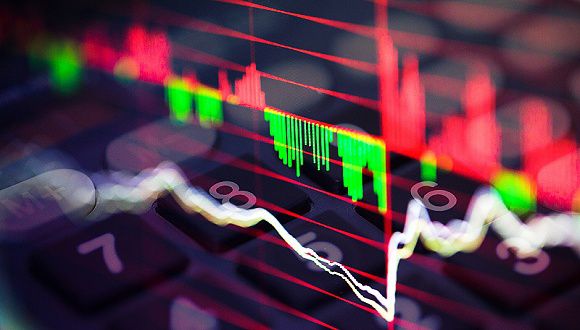
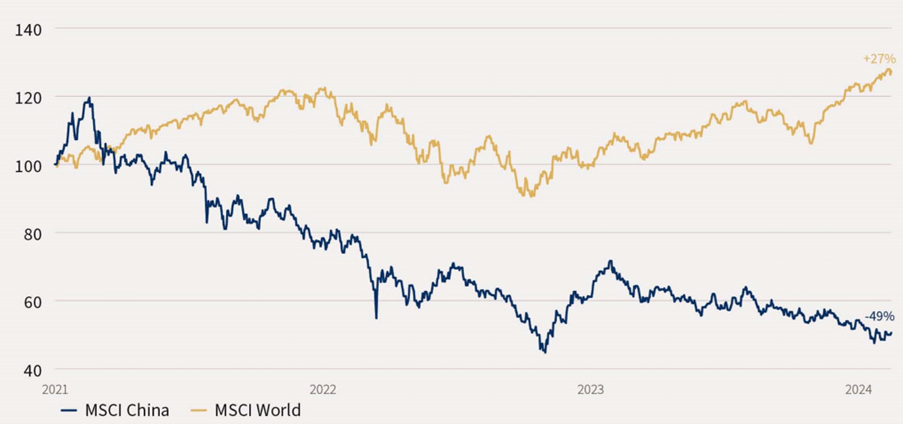
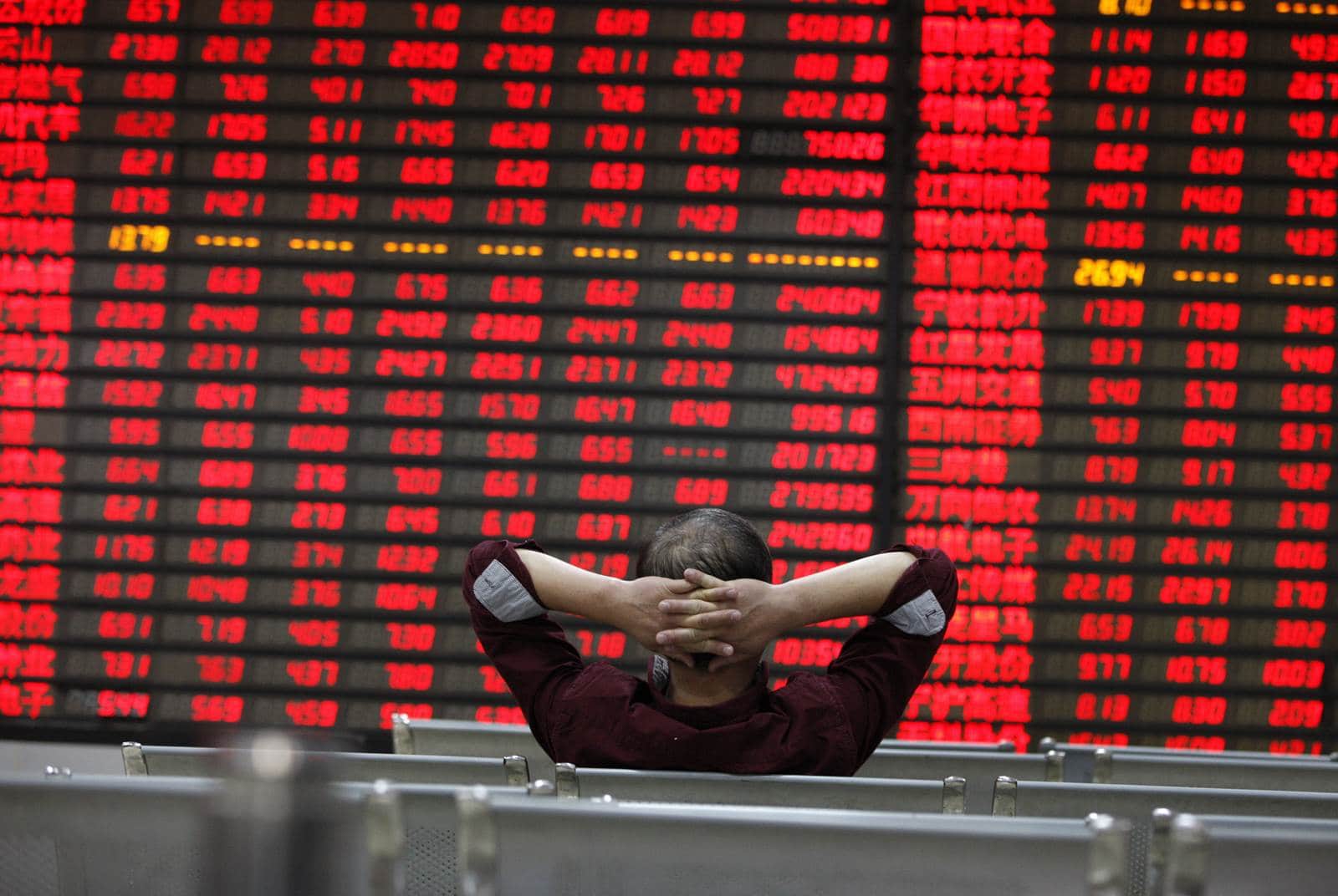

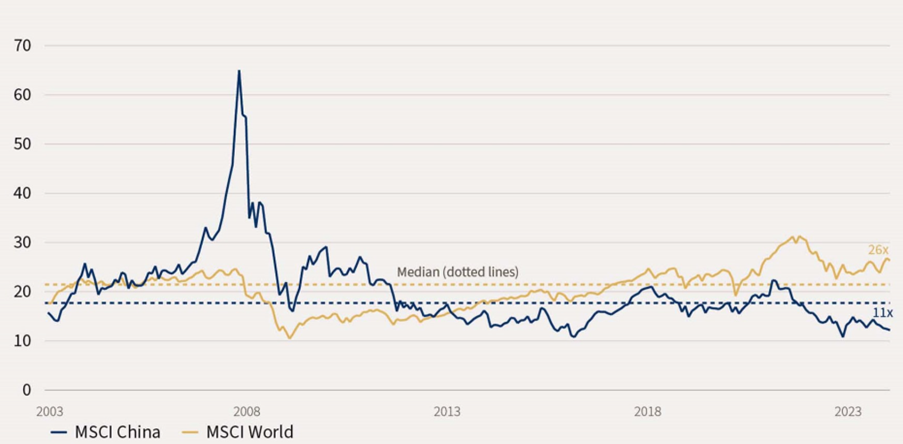
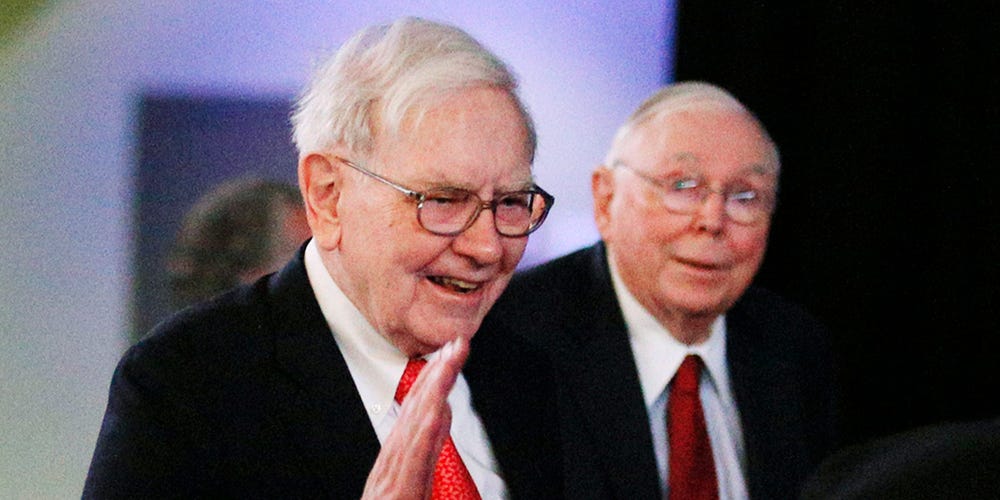






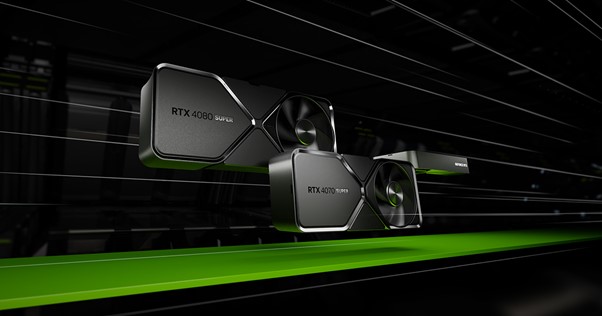

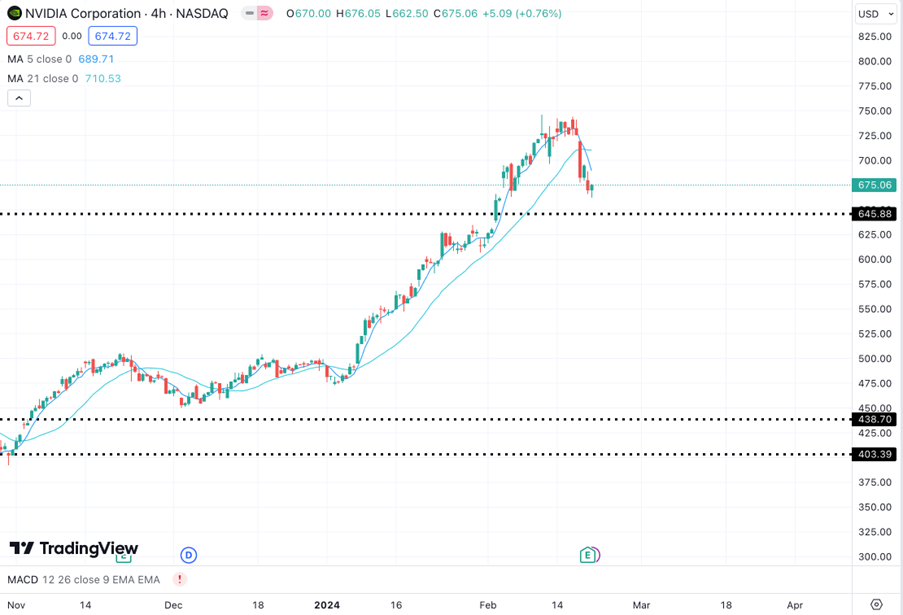
.jpg)
.jpg)





